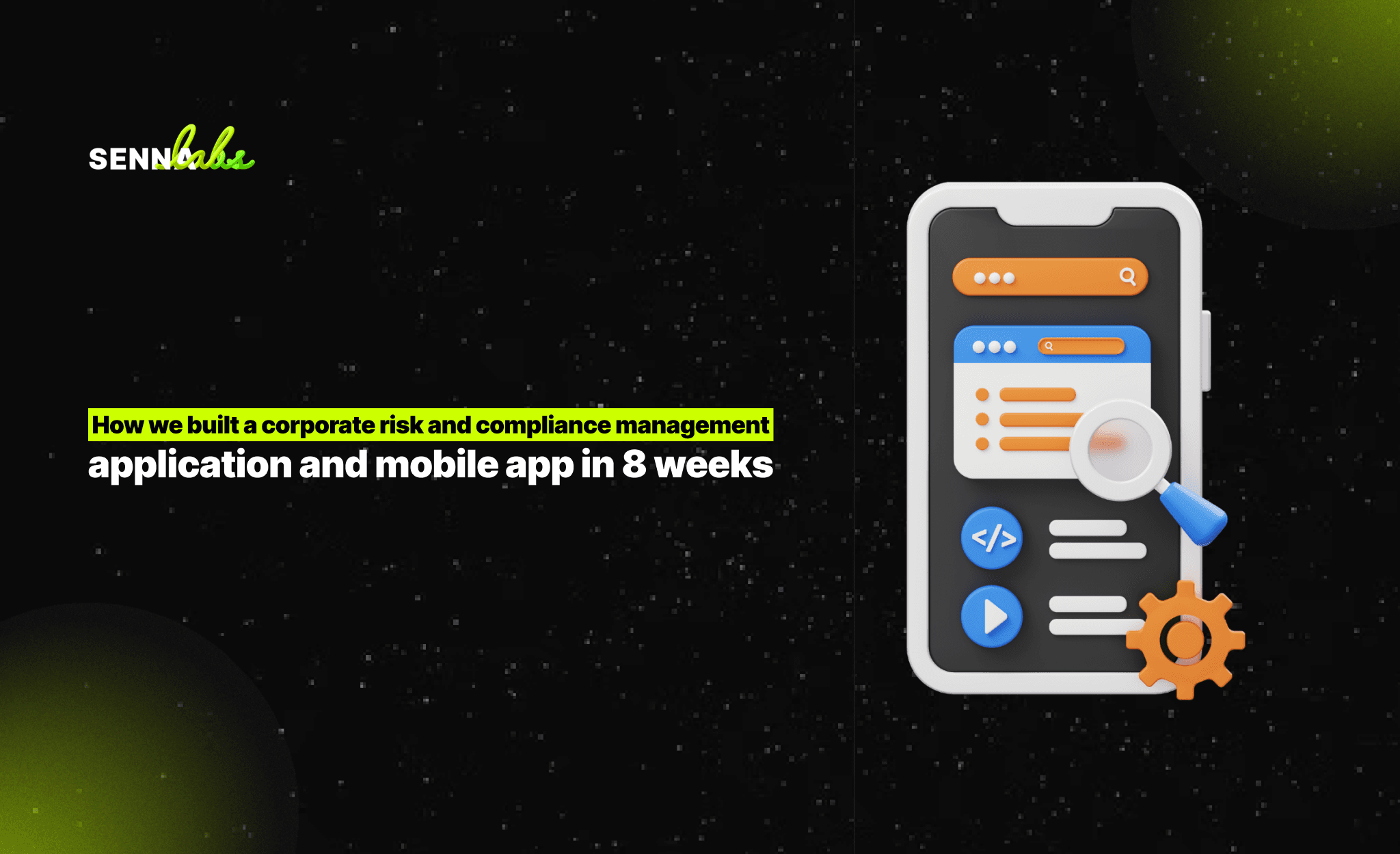UX/UI for E-Commerce: How to Make Online Shopping Effortless?
Share

In today’s competitive e-commerce landscape, online shoppers expect a seamless, intuitive, and enjoyable shopping experience. If they encounter confusing navigation, slow-loading pages, or a complex checkout process, they are likely to leave the site and shop elsewhere.
User Experience (UX) and User Interface (UI) design play a crucial role in determining whether visitors stay, browse, and ultimately make a purchase. A well-optimized e-commerce website reduces friction, increases conversions, and enhances customer satisfaction.
This article explores how UX/UI improvements make online shopping effortless, with a case study of an online store that optimized product pages, improved search functionality, and enhanced the checkout process—resulting in a 30% drop in bounce rates and a 40% increase in sales.

Why UX/UI Matters in E-Commerce?
1. First Impressions Influence Buying Decisions
Visitors judge an e-commerce site within seconds. A cluttered, outdated, or slow website makes users hesitant to browse or make a purchase.
2. Poor Navigation Causes Frustration
If users struggle to find products, apply filters, or locate key pages, they are more likely to leave the website without converting.
3. Complicated Checkout Leads to Abandonment
Cart abandonment rates are high when checkout processes are too long, require excessive information, or have limited payment options.
4. Mobile Optimization is Essential
With the majority of online shopping occurring on mobile devices, a responsive and fast-loading mobile experience is critical.
5. Search and Filtering Impact Conversions
Users expect quick, accurate search results and easy-to-use filters to help them find products without effort.
How UX/UI Enhancements Improve the E-Commerce Experience
1. Optimizing Product Pages for Better Engagement
Why It Matters:
Product pages influence purchase decisions. If they lack clear information or have poor visuals, customers may hesitate to buy.
UX/UI Improvements:
-
Use high-quality images and zoom-in features for a closer look.
-
Include concise, benefit-driven product descriptions to help users make decisions.
-
Add customer reviews and ratings to build trust.
-
Display clear pricing, shipping options, and return policies upfront.
Example: An online fashion retailer increased conversion rates by adding 360-degree product images and detailed size guides.
2. Improving Site Navigation and Search Functionality
Why It Matters:
Shoppers want to quickly find products without unnecessary effort. Poor navigation leads to higher bounce rates.
UX/UI Improvements:
-
Use a sticky navigation bar for quick access to categories.
-
Improve search functionality with auto-suggestions and filters.
-
Display recently viewed and recommended products to personalize the experience.
Example: An electronics store added smart search suggestions, reducing search time by 35%, leading to more purchases.
3. Enhancing Checkout for a Faster, Frictionless Experience
Why It Matters:
A complex checkout process is a major reason for cart abandonment. Reducing steps improves conversion rates.
UX/UI Improvements:
-
Implement one-click checkout for returning customers.
-
Offer multiple payment methods, including digital wallets and Buy Now Pay Later (BNPL) options.
-
Enable guest checkout to avoid forcing account creation.
-
Use progress indicators so users know how many steps remain.
Example: An online furniture store reduced cart abandonment by 20% by allowing PayPal and Apple Pay integration for a quicker checkout.
4. Ensuring Mobile Optimization for Seamless Shopping
Why It Matters:
A poor mobile experience leads to lost sales opportunities, as more users shop on smartphones.
UX/UI Improvements:
-
Implement a responsive design that adjusts to all screen sizes.
-
Ensure fast loading speeds by optimizing images and using a lightweight framework.
-
Make CTA buttons large and easy to tap on mobile devices.
Example: A beauty brand improved mobile usability, leading to a 25% increase in mobile conversions.
5. Using Personalization to Drive Engagement
Why It Matters:
Personalized experiences create higher engagement and repeat purchases.
UX/UI Improvements:
-
Display personalized product recommendations based on browsing history.
-
Offer dynamic pricing and promotions tailored to user behavior.
-
Use AI-driven chatbots to assist customers in real time.
Example: A home decor store implemented AI-driven recommendations, increasing average order value by 15%.
Case Study: How an Online Store Reduced Bounce Rates and Increased Sales
The Problem: High Bounce Rates and Low Sales
An online store found that many users visited the website but left without making a purchase. Upon analysis, the UX/UI team identified key issues:
-
Product pages lacked key information, making it difficult for users to decide.
-
Search functionality was ineffective, often showing irrelevant results.
-
Checkout was lengthy and required unnecessary steps.
UX/UI Enhancements Implemented
1. Optimized Product Pages
-
Improved product descriptions and high-resolution images.
-
Added customer reviews and FAQs for each product.
2. Enhanced Search and Navigation
-
Introduced auto-suggest and category-based filtering.
-
Displayed recently viewed items for easier access.
3. Simplified Checkout Process
-
Reduced checkout steps from five to three.
-
Integrated Apple Pay, Google Pay, and guest checkout options.
Results After UX/UI Improvements
The e-commerce store saw significant improvements:
-
Bounce rates dropped by 30%, as users engaged more with the site.
-
Sales increased by 40%, thanks to a smoother checkout experience.
-
Search accuracy improved by 50%, leading to better product discovery.
-
Cart abandonment decreased by 25%, as more users completed their purchases.
These changes demonstrated how a well-optimized UX/UI directly influences user behavior and conversions.
Key Takeaways for E-Commerce Businesses
1. Ensure Product Pages Are Engaging and Informative
Use high-quality visuals, clear descriptions, and customer reviews to build trust and encourage purchases.
2. Optimize Navigation and Search
A user-friendly menu and smart search functionality help customers find products faster.
3. Streamline Checkout to Reduce Friction
Fewer steps, multiple payment options, and guest checkout make the process effortless.
4. Prioritize Mobile Experience
A responsive, fast-loading mobile site ensures a smooth shopping experience on any device.
5. Use Personalization to Boost Conversions
AI-driven product recommendations and dynamic pricing create a customized shopping journey.
Conclusion
For e-commerce businesses, UX/UI design is a critical factor in improving engagement, reducing bounce rates, and increasing sales. A well-designed shopping experience ensures customers can easily find products, navigate the website, and complete purchases with minimal effort.
As seen in the case study, an online store that optimized product pages, improved search functionality, and simplified checkout reduced bounce rates by 30% and increased sales by 40%.
By focusing on seamless navigation, mobile optimization, personalization, and a frictionless checkout, e-commerce businesses can enhance the shopping experience and drive long-term growth.

Share

Keep me postedto follow product news, latest in technology, solutions, and updates
Related articles
Explore all


